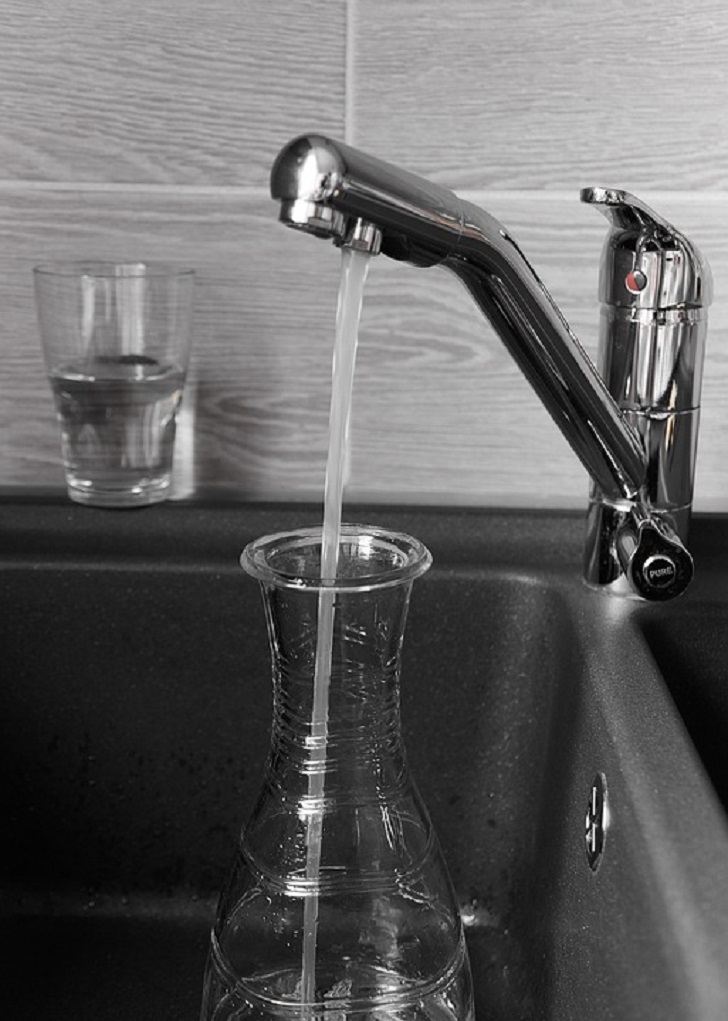
Water is a necessity but can also be dangerous if consumed when mixed with unwanted chemicals that are dangerous to the human body. Even while unfiltered tap water is frequently safe to drink, but it may taste or smell bad and possibly cause illnesses.
A good water filter eliminates most of the risk of illness from tap water and makes it taste much better. It’s simple to install a , but choosing one may be a much bigger task due to there being a multitude of types to select. Luckily, the selection process becomes much easier once you learn of the main filter types and their applications. Activated carbon filters The most common type of household water filter is activated carbon. These filters are filled with granules of charcoal, which is made of burned materials with high carbon content, such as wood and peat. The charcoal goes through several physical and chemical treatments to activate the carbon, increase the surface area and create large pores. Activated carbon filters work through absorption. The large pores and wide surface area drag particle and chemical contaminants out of the water as it’s being filtered. Absorption is a great method for cleaning poor tasting or foul-smelling water. Reverse osmosis Reverse osmosis is frequently used as a final step in the cleaning process rather than a standalone filter. Once water has been cleared of larger contaminants by other filters, it will be fed through a semi-permeable membrane. Through the process of reverse osmosis, the water is pushed through the membrane under high pressure, catching most remaining contaminants that the previous filters left behind. Reverse osmosis filters are efficient because they work purely through water pressure not electricity, but the process does result in some wasted water. UV filters One of the most recently created water filter types is the UV filter. Utilizing the power of ultraviolet rays, UV filters kill 99.99% of microorganisms in water. It is an environmentally friendly method of filtering water because it doesn’t use any chemicals or heat to rid the water of contaminants. However, UV filters don’t possess the ability to filter out particles or sediment and can’t effectively kill the maximum amount of bacteria unless the water is clear of debris. Like reverse osmosis, UV filters should be used as a final step in water purification. Infrared filters If you live in an area with hard water, infrared filters are one of the best choices for you. Utilizing heat and light, infrared filters negatively charge the molecules in hard water. As a result, the water becomes softer, and bacteria, excess minerals and other impurities are removed. Ion exchange filters Another great method of softening hard water is by using an ion exchange filter. Water is hardened by magnesium and calcium ion buildup. Ion exchange filters extract these ions from the water and replace them with sodium or hydrogen ions. The process of ion exchange efficiently softens water, removes excess minerals and bacteria and improves taste and odor. Ion exchange filters typically aren’t used for drinking purposes since the sodium levels may be unhealthy or unpleasant, but they are great for constant high-temperature usage such as cooking, laundry and commercial-grade coffee machines. Conclusion All of these filtration options are beneficial in a variety of ways, but they nearly always work best in conjunction with each other. House and commercial building water filtration systems commonly have two or more different filters to effectively purify the water as much as possible. What type of system works best depends on the local water source and the main purposes of the water. Now that you’re armed with knowledge of the most common filters, you can create a suitable water filtration system for your home or business.



